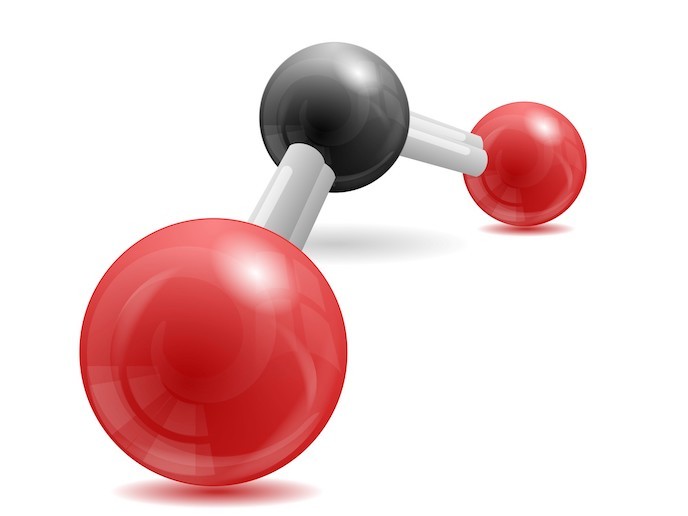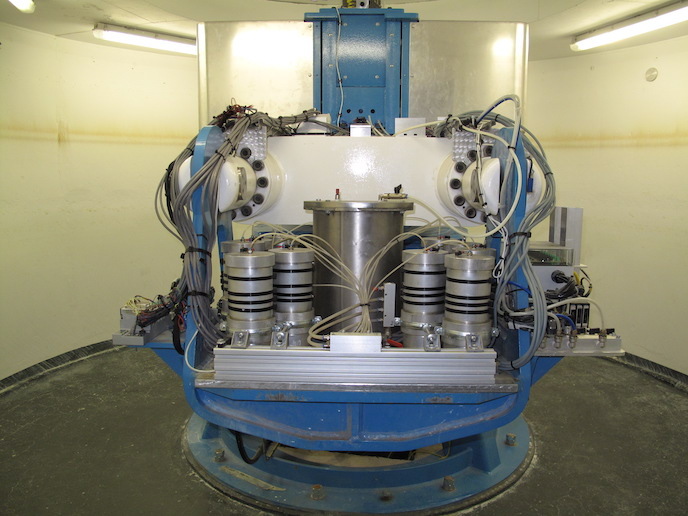New strategies for CO2 valorisation
These days, carbon has a bad reputation. Being the C in CO2, carbon is most often associated with climate changing emissions. But this isn’t entirely fair. “Carbon is so important to so many fields that there’s an entire branch of chemistry devoted to it – organic chemistry,” says Arjan Kleij(opens in new window), a fellow at the Catalan Institution for Research and Advanced Studies(opens in new window) (ICREA) and the Institute of Chemical Research of Catalonia(opens in new window) (ICIQ). To think ‘outside the fossil fuel box’, Kleij, with the support of the EU-funded PHOTOCARBOX project, led an effort to expand the chemical reactions available using carbon dioxide as a carbon source. “This would enable the chemical industry to produce high-value bulk and fine chemicals while reducing atmospheric CO2,” explains Kleij. “It would also position the EU as a global leader in sustainable green chemical synthesis.”
The importance of flexibility in research
The main objective of the project, which was undertaken with the support of the Marie Skłodowska-Curie Actions programme(opens in new window), was to devise new and efficient photocatalysed stereo-selective transformations. “By using carbon dioxide as a reagent, we hoped to develop new strategies for CO2 valorisation(opens in new window),” adds Kleij. But as is often the case in scientific research, things didn’t exactly go as planned. Although the researchers were able to convert CO2 into some interesting products, in the end, the approach turned out to be unfruitful. Instead, the team focused on other chemical bond formation processes where they could leverage their photocatalytic expertise. “Fortunately, this approach turned out to be very useful,” notes Kleij. “It simply shows that alternative ideas and approaches can be just as valuable as the initial ones and highlights the importance of flexibility in basic research.”
Long-term value
With this new approach, the project developed an innovative Co/photoredox catalysis strategy. Photoredox catalysis is a branch of photochemistry that uses single-electron transfer to control and expand metal catalyst-based chemical transformations. Using this strategy, researchers devised important new stereo-controlled carbon-carbon bond formation reactions reminiscent of the reactions they initially set out to achieve. The researchers also fully mapped all the mechanistic details of the transformations and have made this information available for other researchers to use. Speaking of ongoing research, Kleij and his team are already using Co/photoredox chemistry to explore other types of carbon-carbon bond formations, including to forge sterically congested carbon stereo-centres typically found in natural compounds. “I am extremely proud of the fact that we discovered totally new reactivity patterns that are being used in the lab today,” says Kleij. “This shows the long-term value of the project and the ongoing impact it has and will have.”
Work benefits researchers too
The PHOTOCARBOX project not only advanced science’s understanding of carbon-carbon bond formations, it also helped advance the careers of the scientists involved. For example, one postdoctoral associate is now pursuing a new academic position and additional funding from the European Research Council(opens in new window). Furthermore, Kleij says that the project represents a milestone for his research group at the ICIQ. “Thanks to the support of EU funding, we are now able to use more tools to help synthesise challenging compounds – work that significantly expands our expertise in the field,” he adds.







